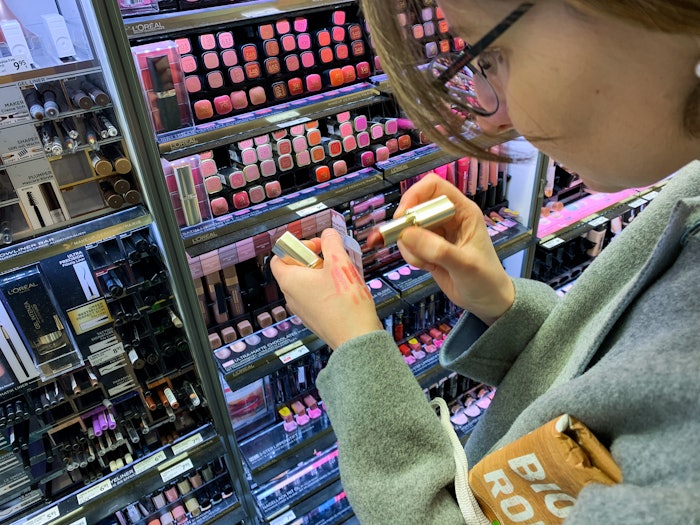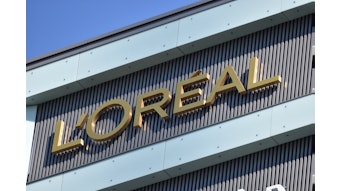
I am an American living in Europe and can write that, from my perspective, at no time over the last 30 years has the desire for American products in Europe been so high. Yet entry into the EU market is challenging for U.S.-based brands.
One of the most common misconceptions in our industry is the idea that the beauty industry’s goods fall under a free trade agreement between the United States and European Union. They don’t and never have.
Report: Sephora UK Relaunches
Nor is there a single, unified European market of more than 500 million for U.S.-manufactured products*. Instead, producers of U.S.-manufactured products must generate dossiers to secure approval from each individual member state before selling their goods.
The price range that dossier consultants charge is anywhere from $1,500 to $2,500 per formula. A U.S. brand could therefore pay as much as $40,000 for clearing 20 formulas for just Germany, for example.
If that same U.S. company wanted to sell into France, they should expect to pay another $40,000. Before long, that U.S. company may hire a full time person just for the paperwork to keep up with small changes for labeling or other compliance requirements.
However, if that U.S. company worked with an EU-based contract lab, only one dossier would be required for the whole of the EU. In this article, I will show you how to create an EU-wide market for your beauty products and save many thousands of dollars while doing so.
Shifting the Mindset
The first step is to realize that American products don’t need to be made in the United States. Few of Apple’s products are made in the United States, yet people think of them as American.
If you are driving a BMW in the United States, chances are very good it was made in the world largest BMW plant in Spartanburg, South Carolina—yet people still think of it as a German car. The examples go on and on.
Brand identity and where a product was produced are two seperate things.
Selecting an Ideal EU Partner
The next most important thing to know is that, if you have your products made with a contract lab in the European Union, those products are now good for all member states. No more dossiers for each country.
However, not all European manufacturing regions are created equal. Some feature high labor costs, taxes or built-in fees for foreign brands that could negate whatever savings are achieved.
Manufacturing in more cost-competitive member states could keep down costs without impacting the quality of components or the final product. For these reasons, many major brands are already manufacturing in Central and Eastern Europe. Meanwhile, the ultimate packaging will proclaim “Made in the EU.”
When you find a potential EU lab partner, it is important to ask if they will be the “responsible person” and if they will produce the related dossiers. If they say no, then find someone that will.
If the lab wants to charge you for the dossiers and responsible person designation, find someone that will do it for free or will amortize the costs in future orders.
In addition, the price your EU lab partner quotes you should be the same as the one that you are being charged in the United States. If the cost is greater, then you can be sure you are getting an “American penalty” price.
If you take the time to do your research, you will see that even paying the same price in the EU as in the United States will result in a savings of many tens or hundreds of thousands of dollars because you are not shipping water across water. At the same time, you’re not spending tens of thousands of dollars getting approvals from each member state to sell your products.
Ideally, your EU manufacturing partner will, at no extra cost, hold your components before production and carry the finished goods inventory for you.
A good partner should also help introduce your brand to distributors, chains and other platforms seeking U.S. beauty. Optimally, that partner should also ship to those distributors, saving your brand time and money on shipping from the United States.
Selecting the right EU partner can help level the playing field for U.S. brands entering the market.
*Conversely, if EU-based brands—which can freely sell across all member states—want to come to the United States, they only need to ensure they are not making claims that would put them under FDA guidance. Although there is no free trade agreement between the EU and the United States, EU brands can sell anywhere in the United States because, unlike the European Union, America is treated as one single market.









